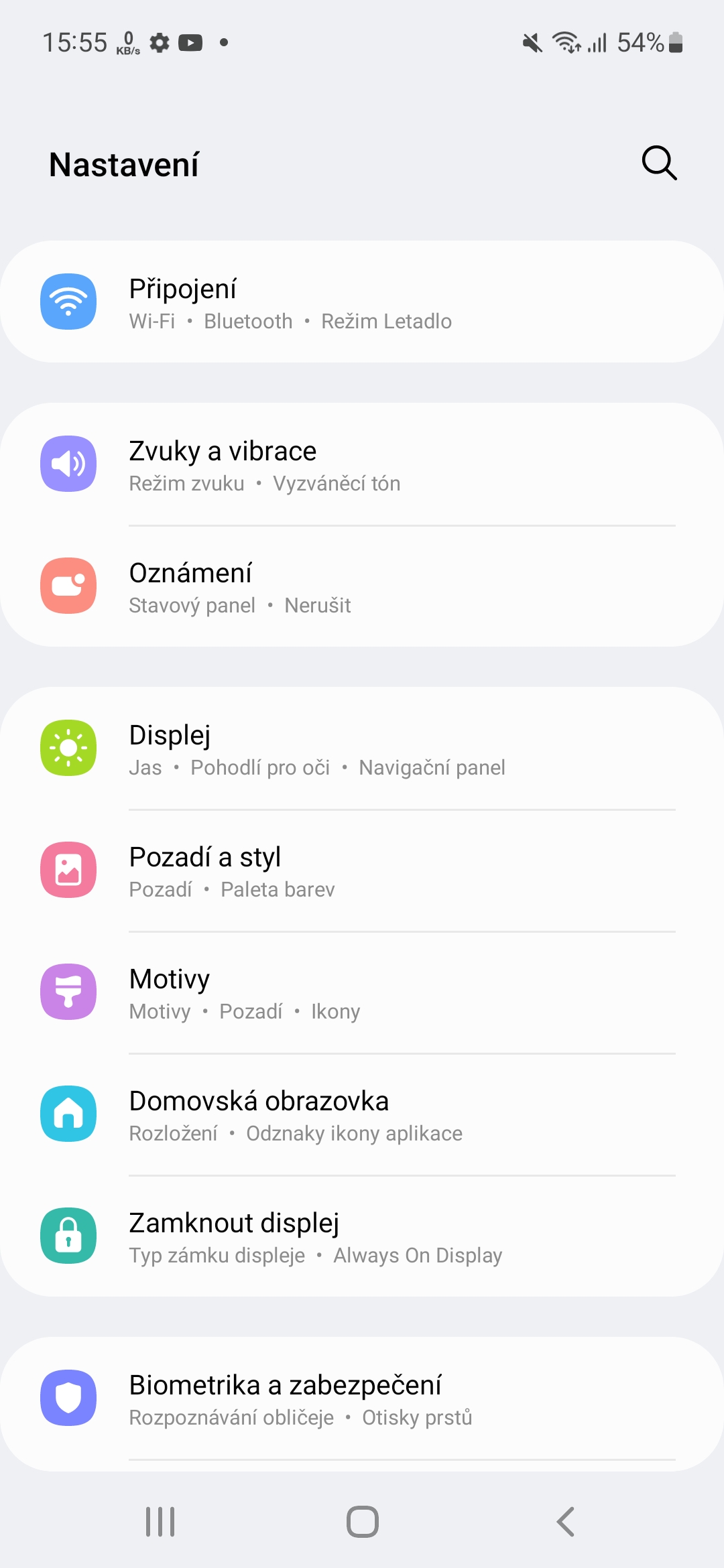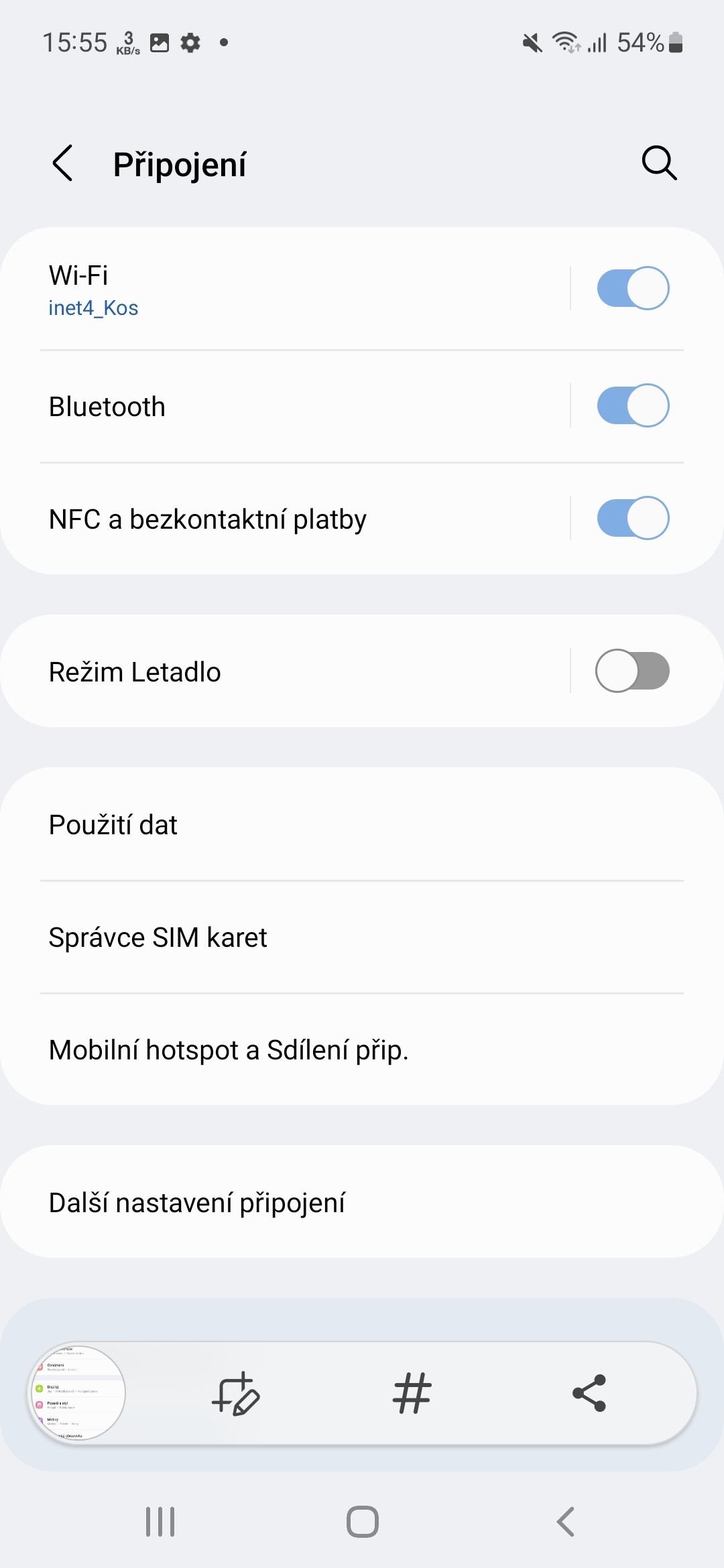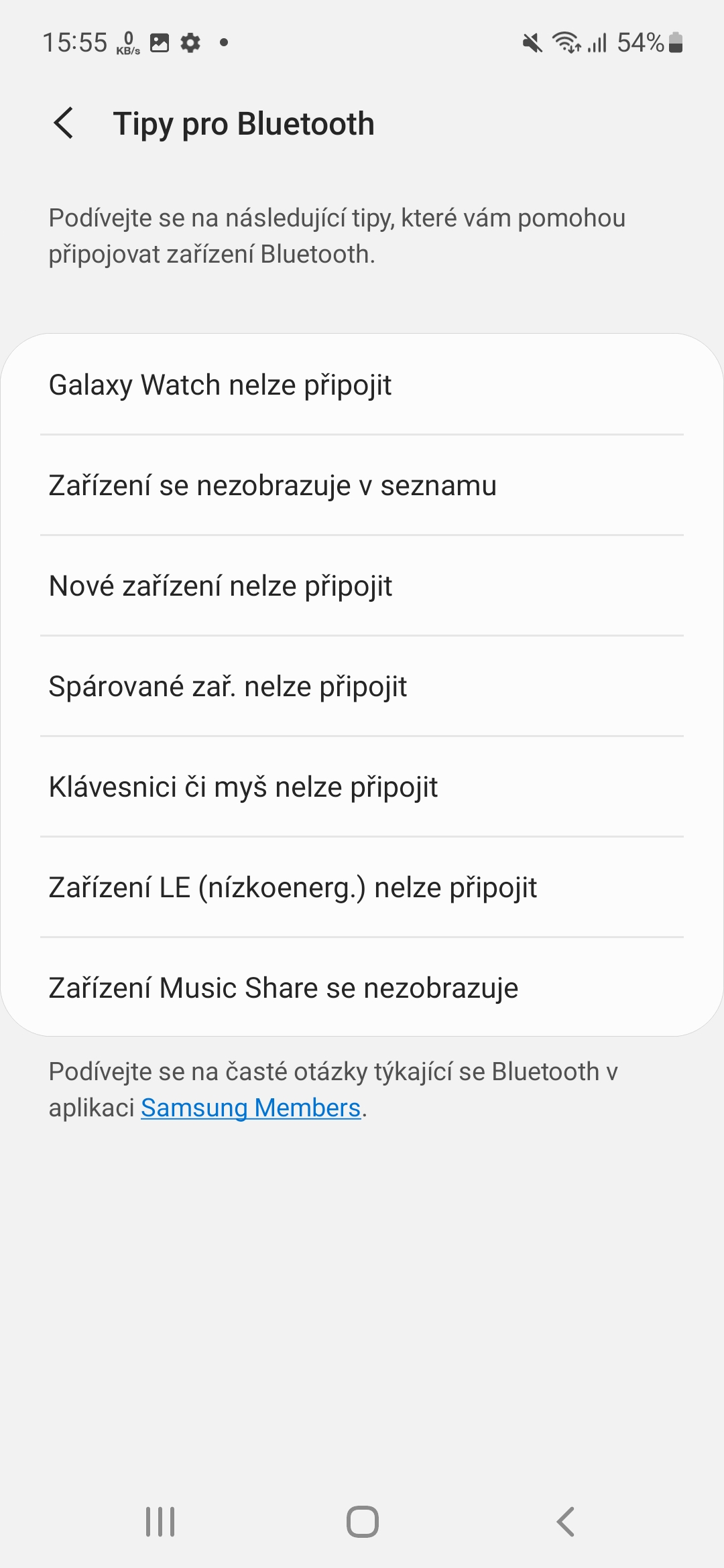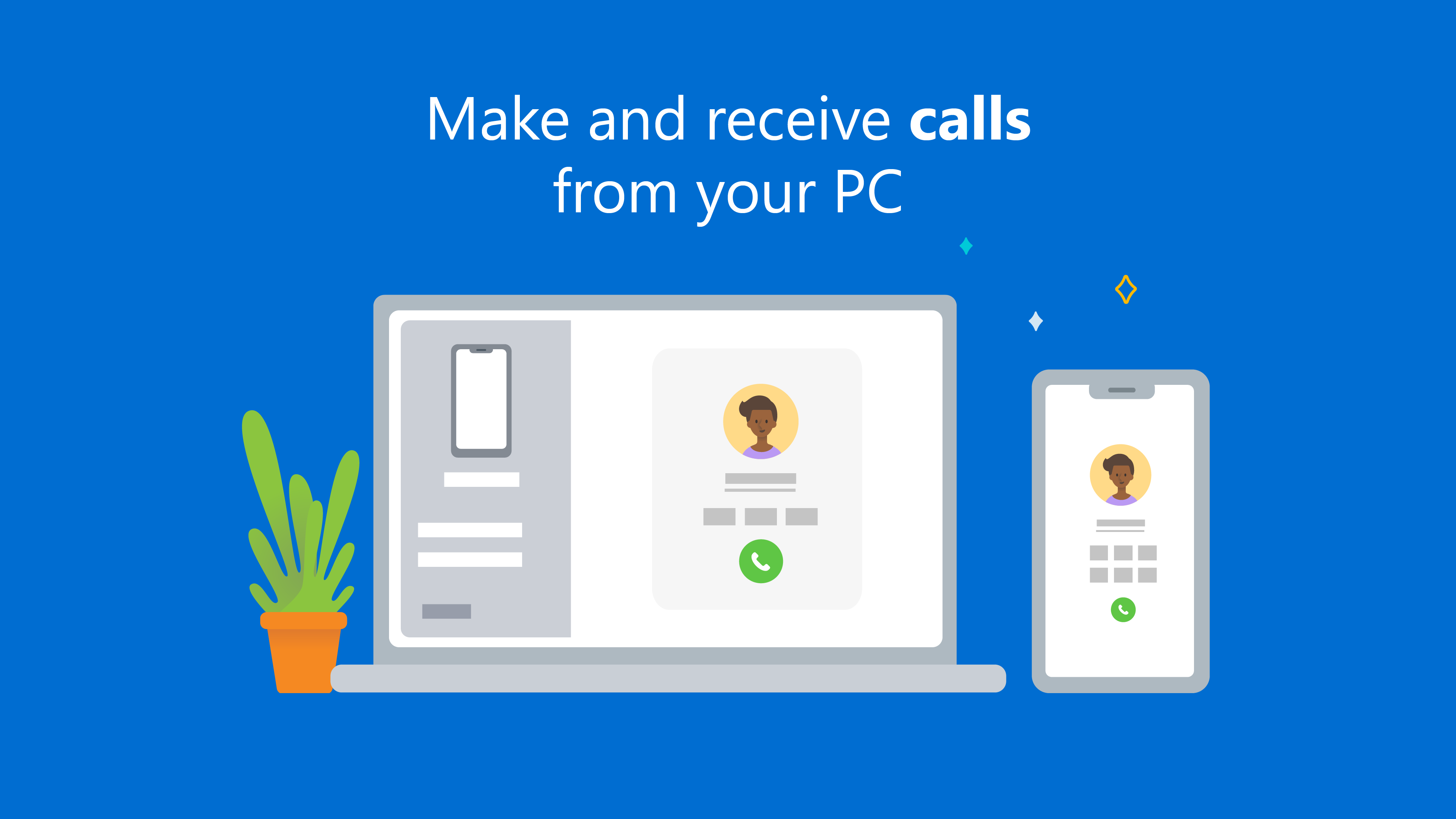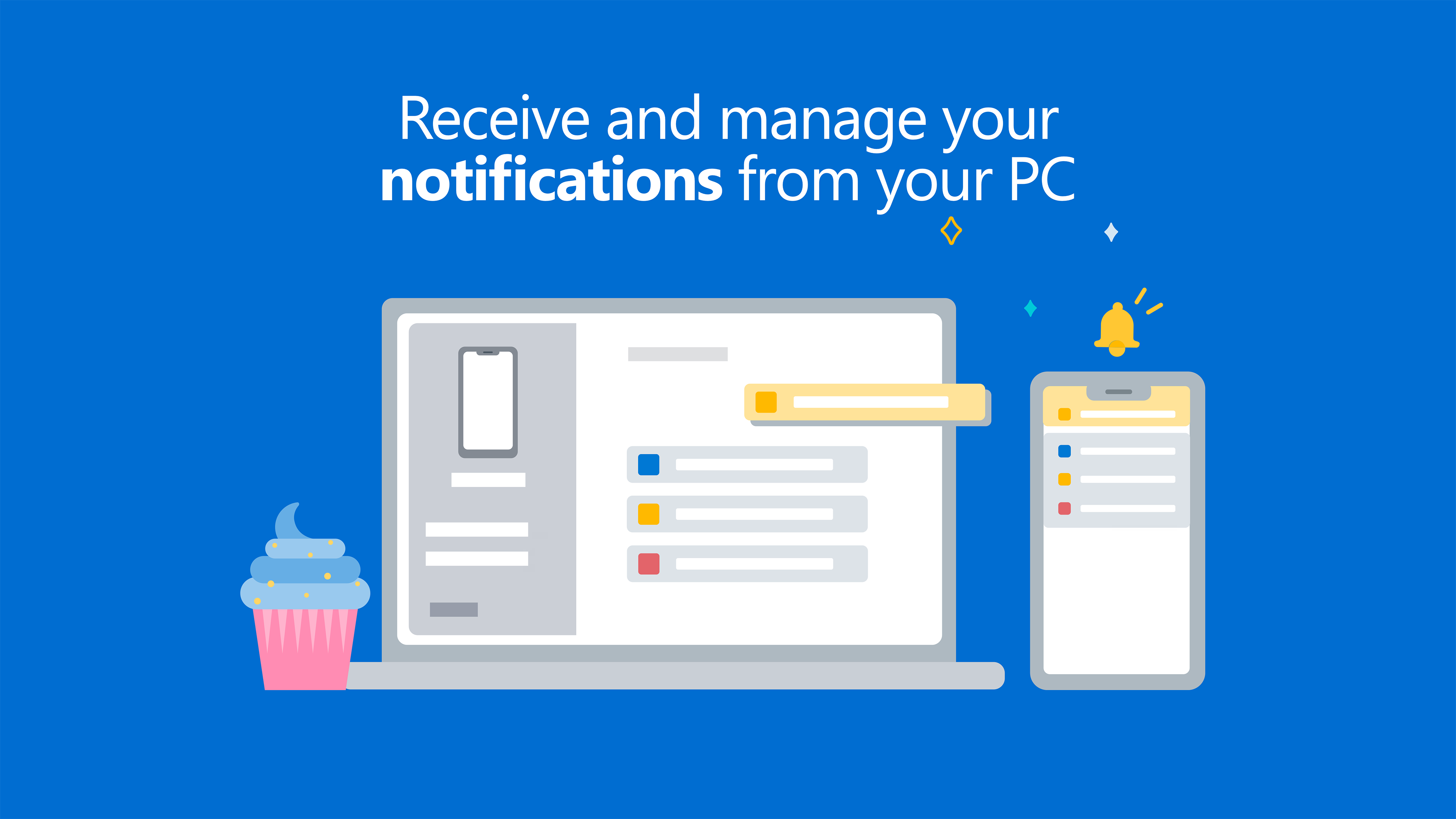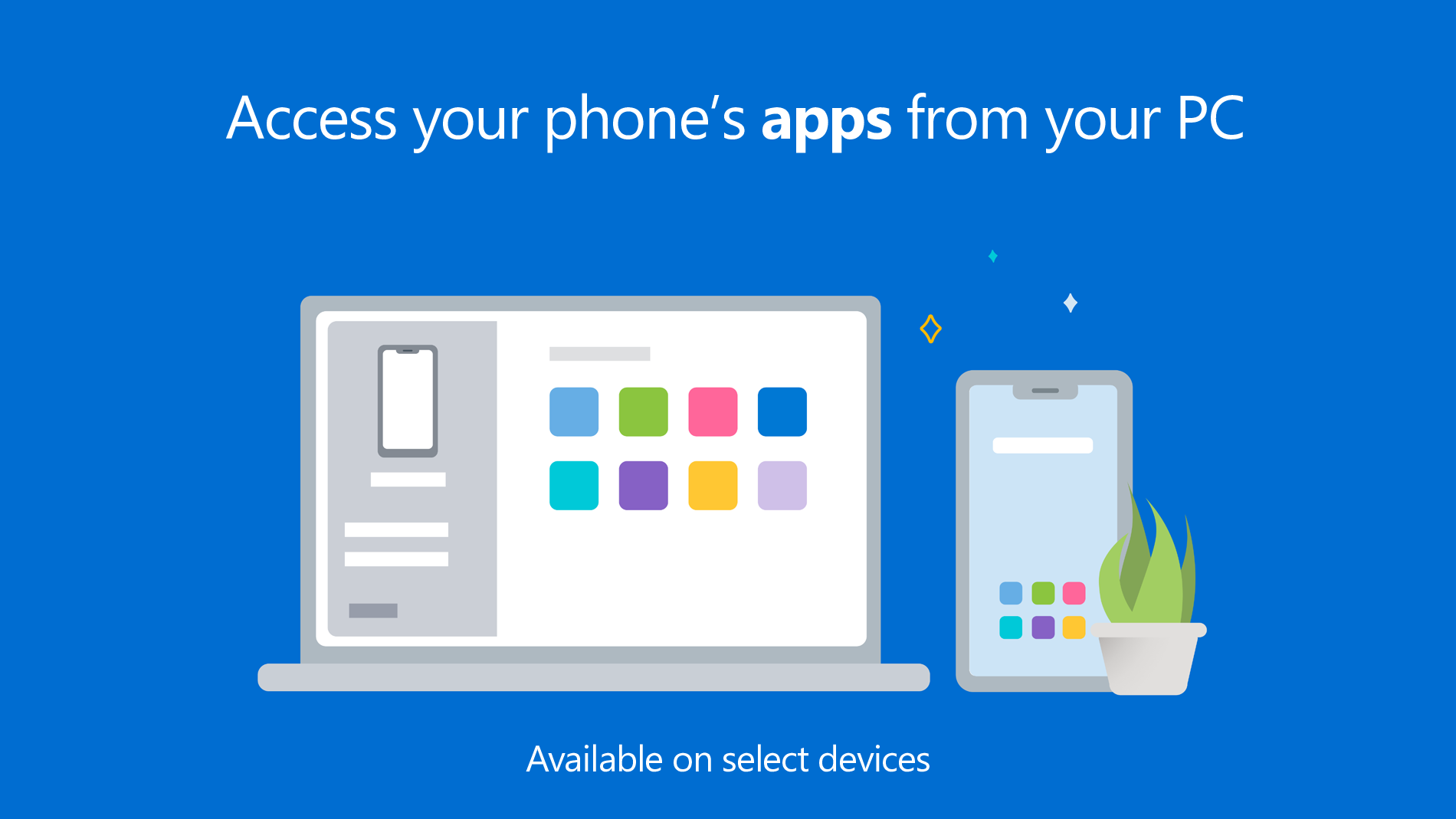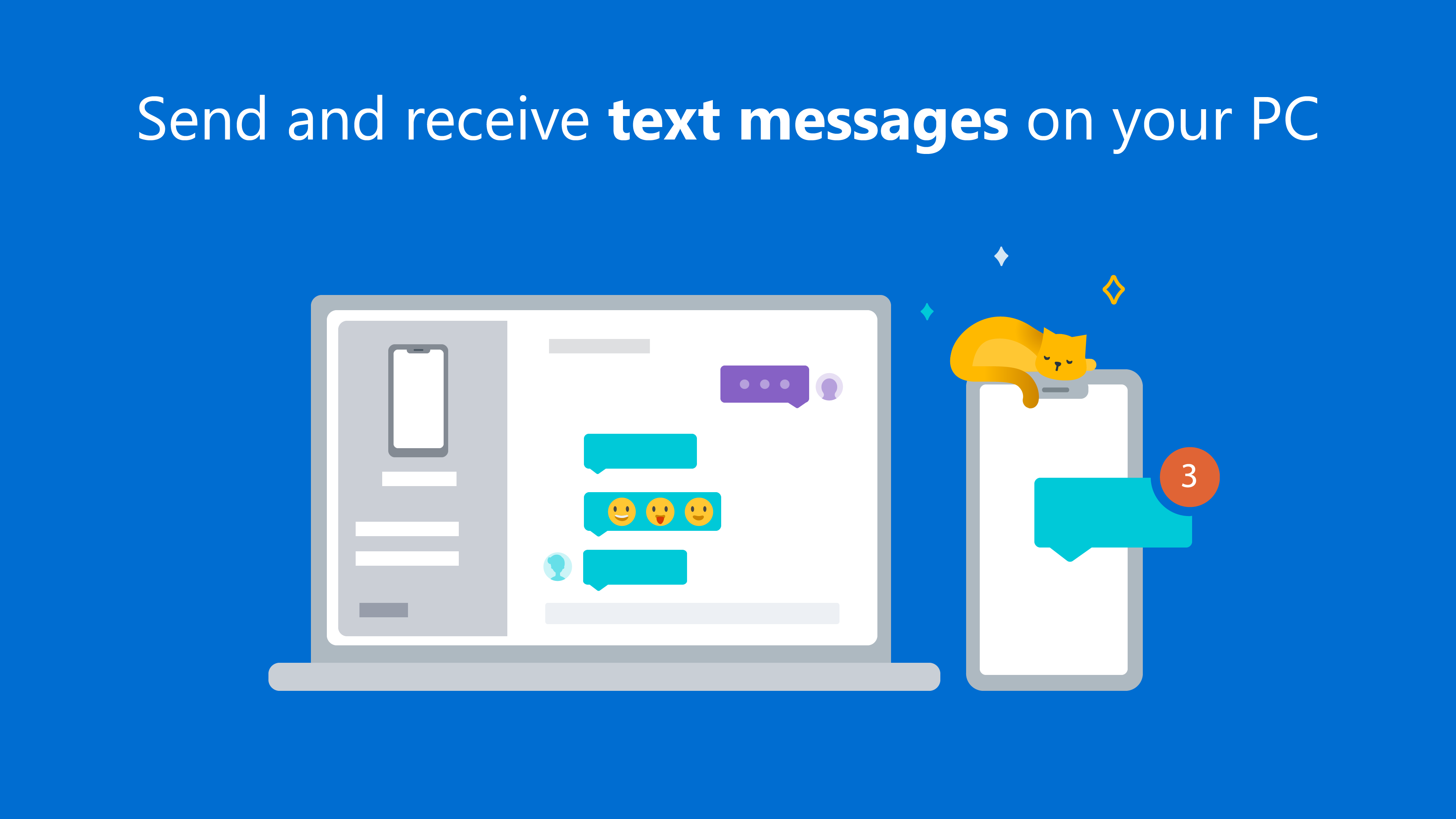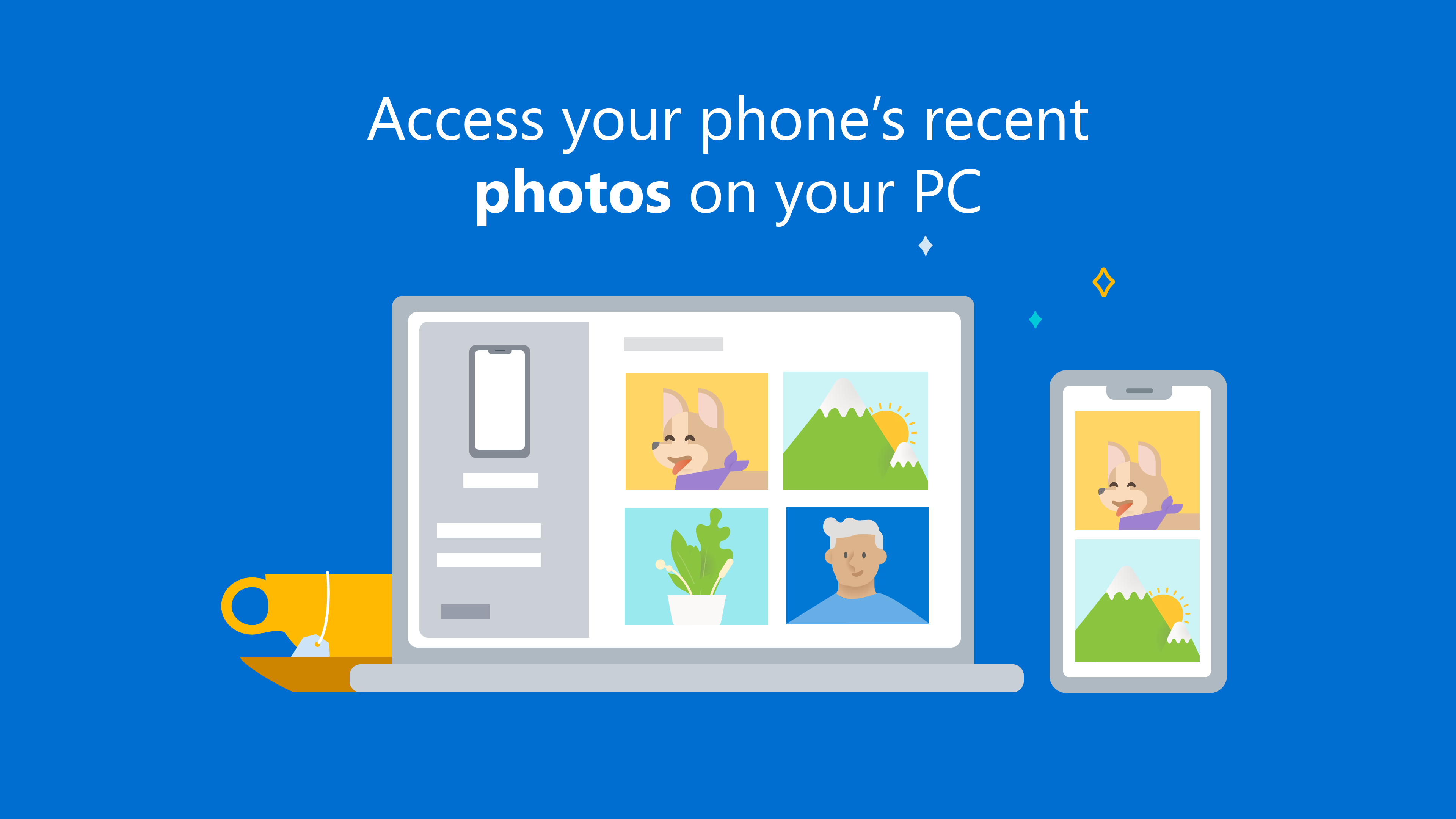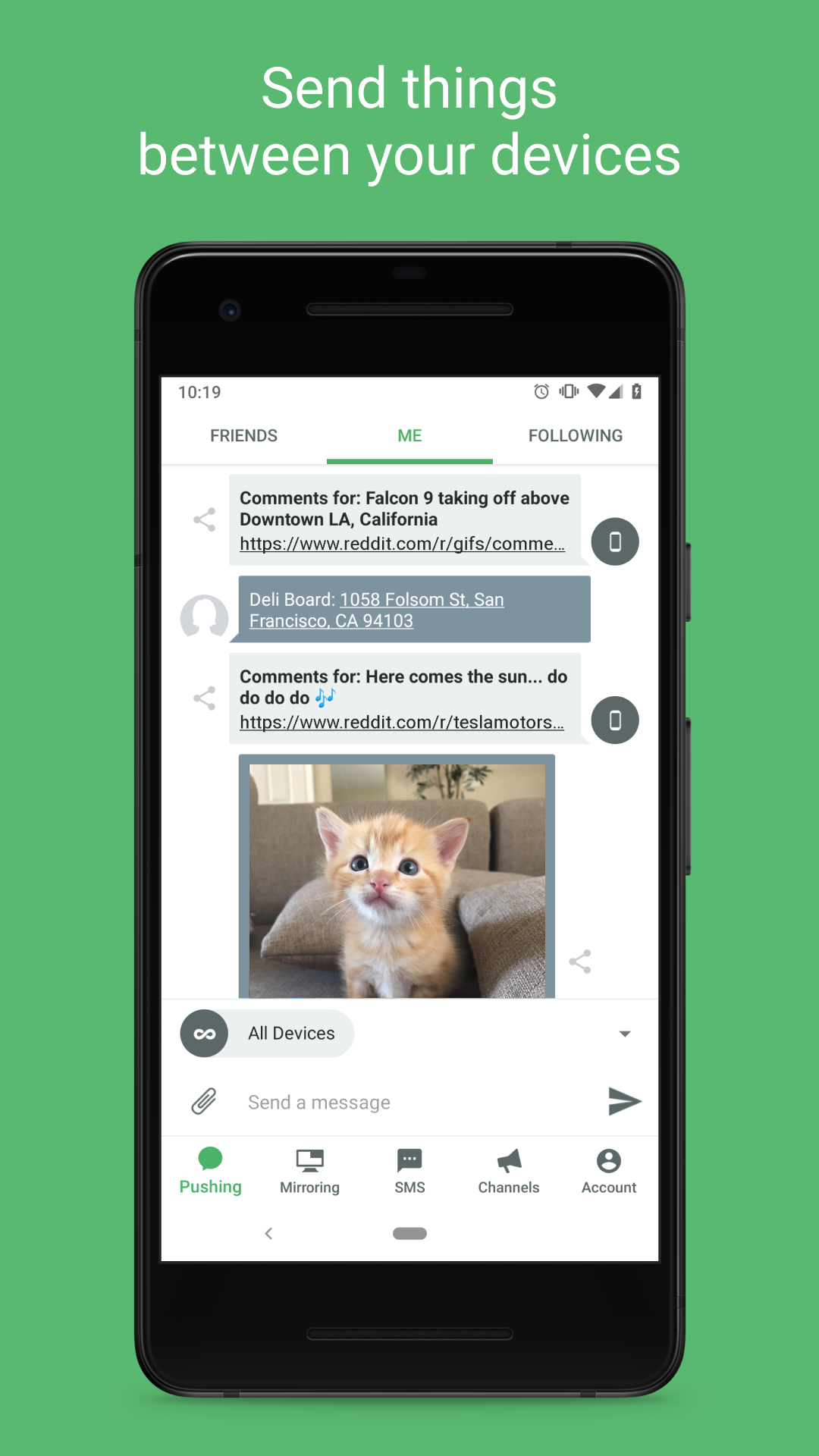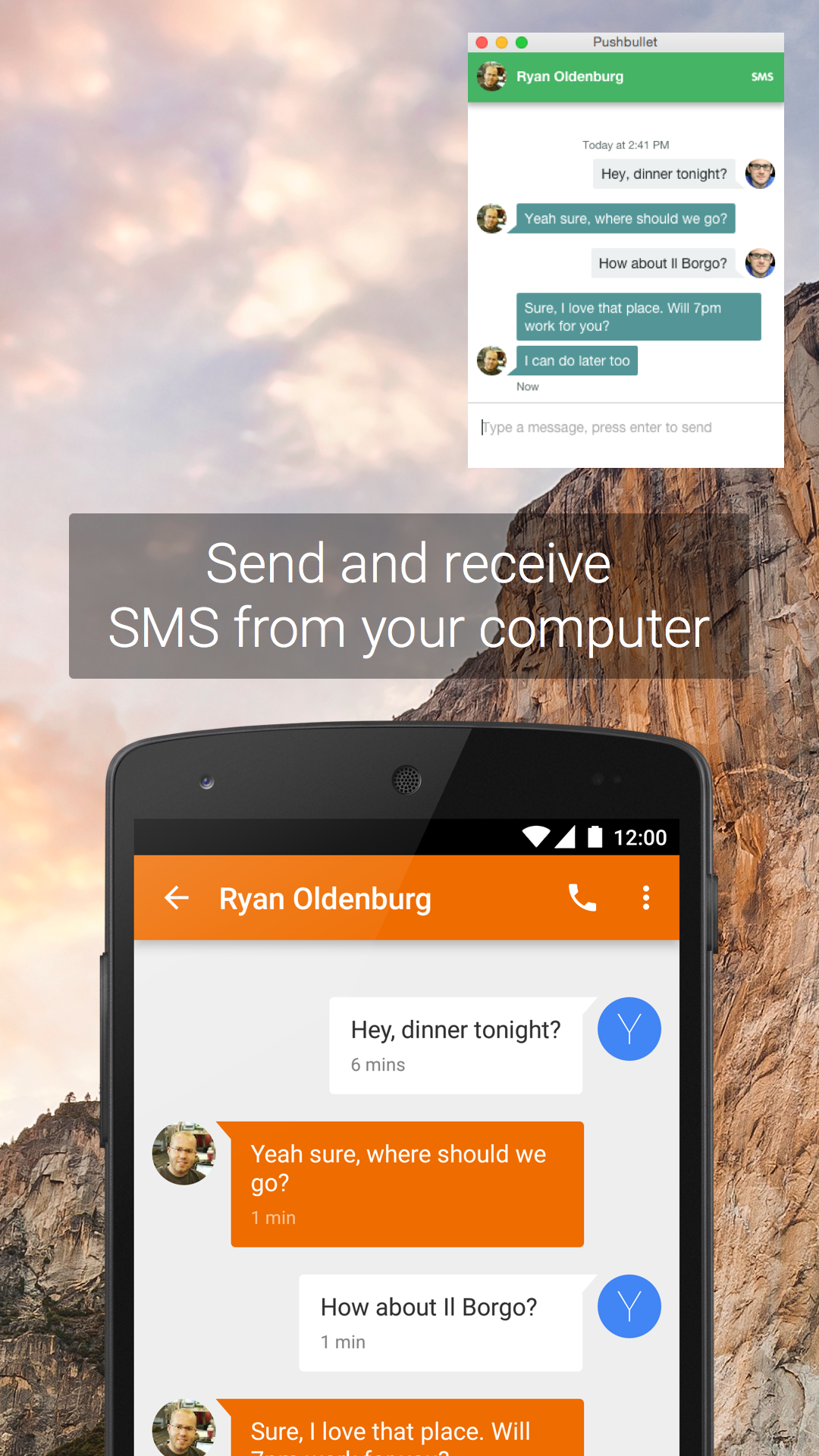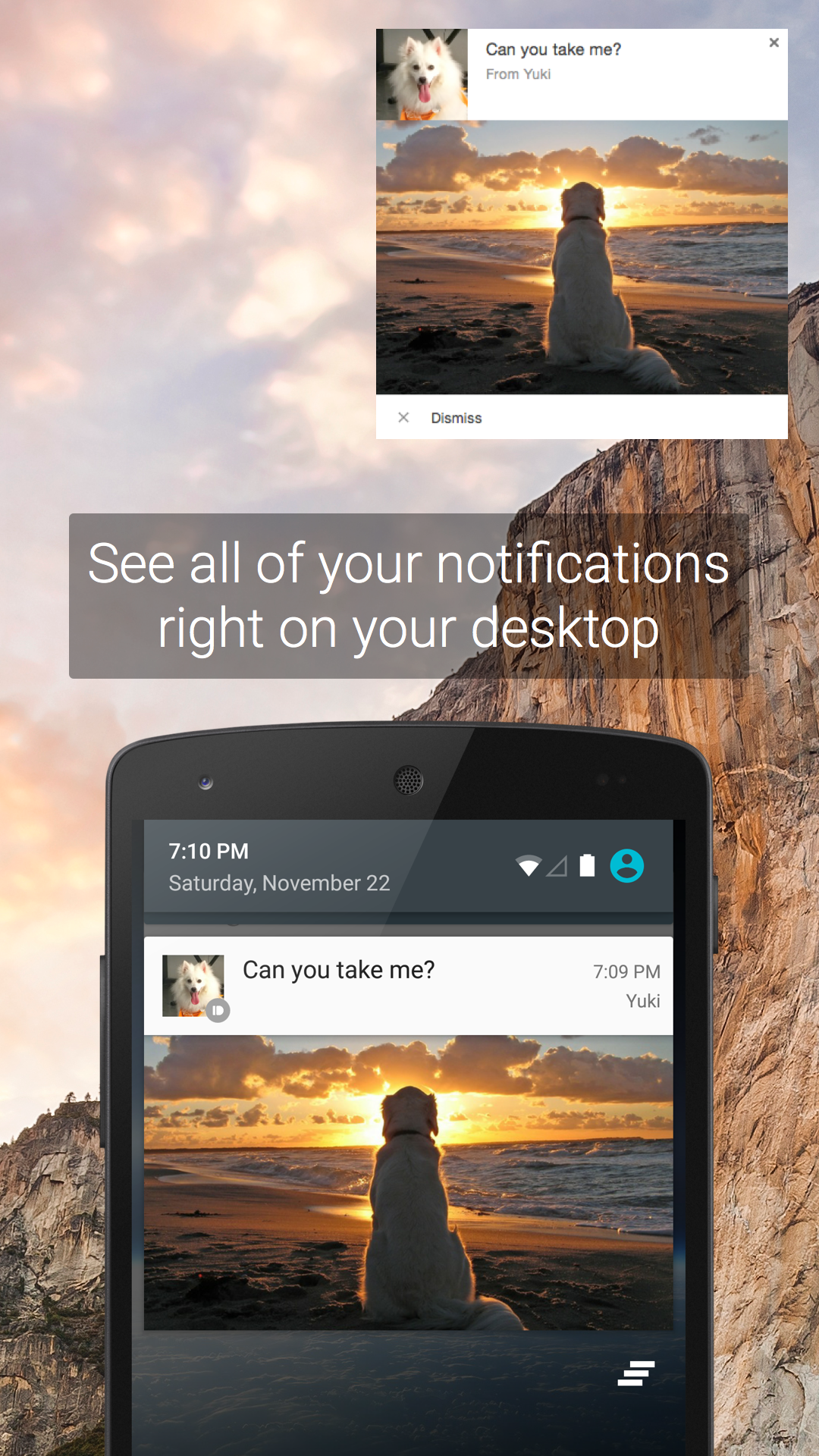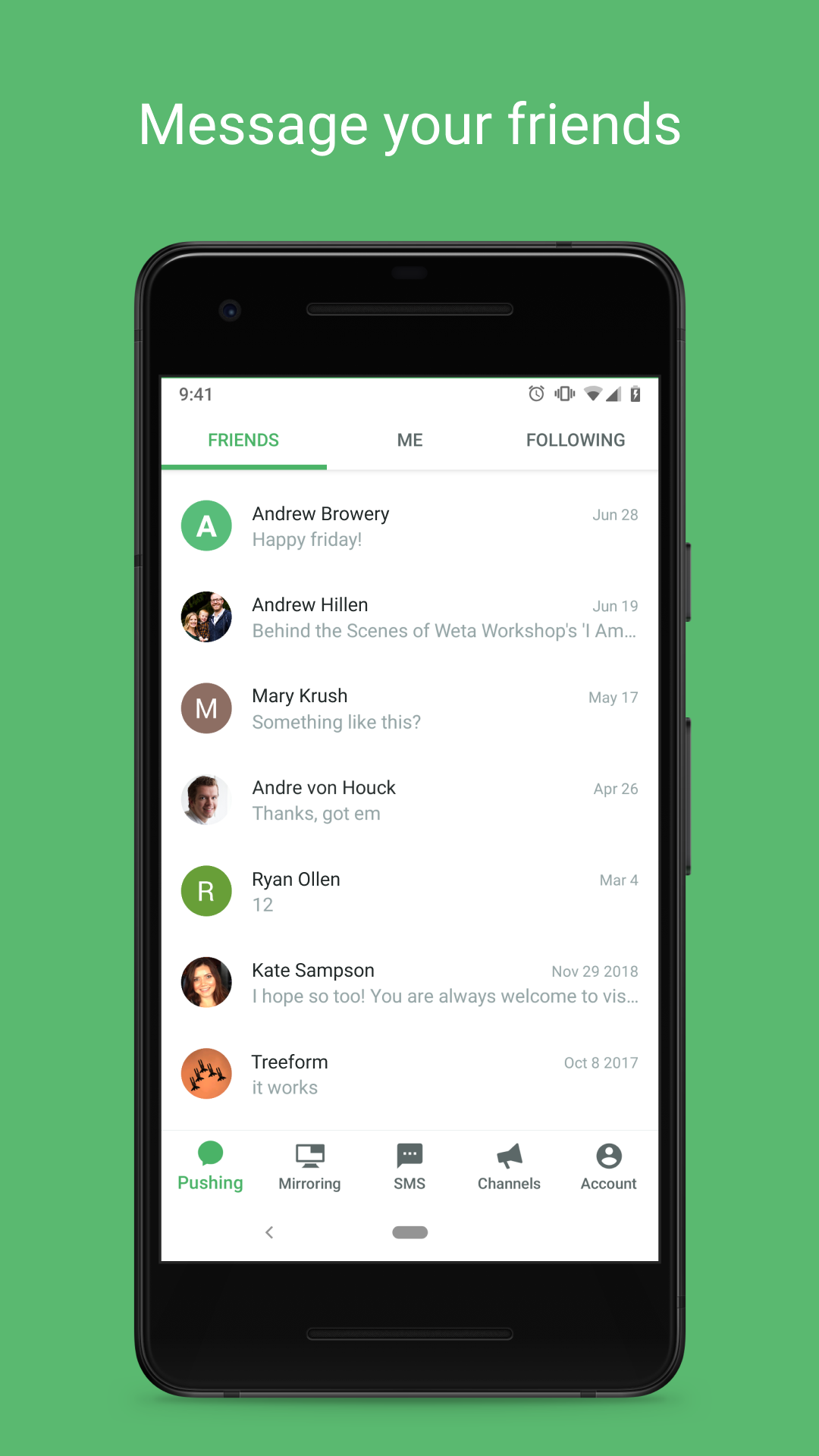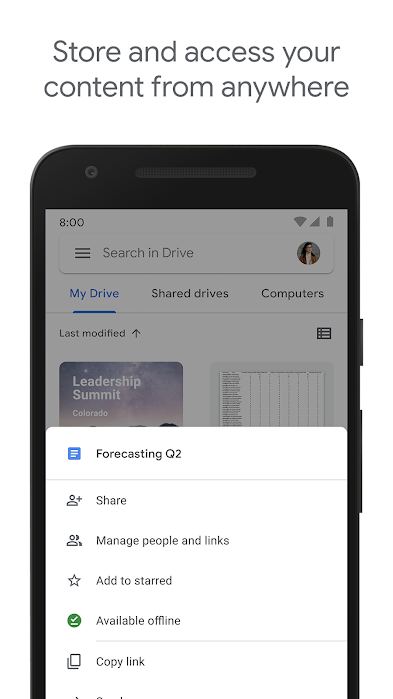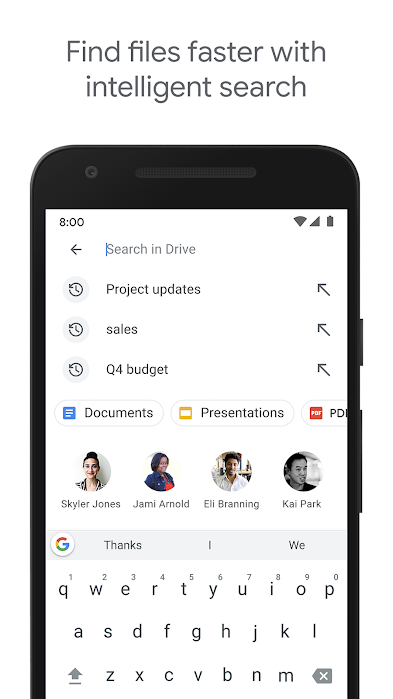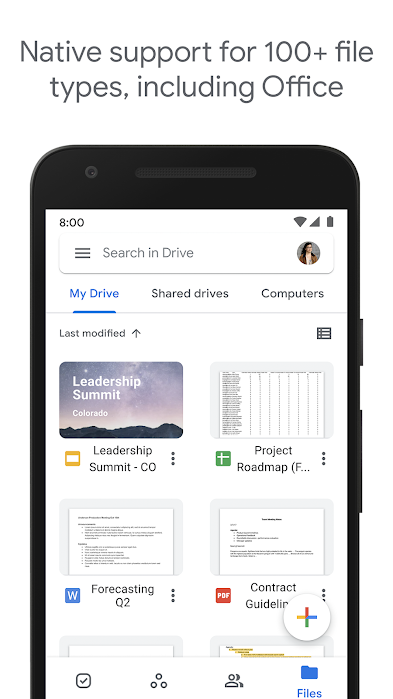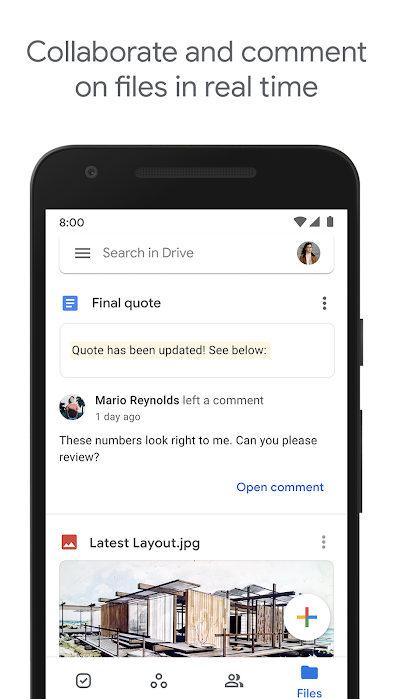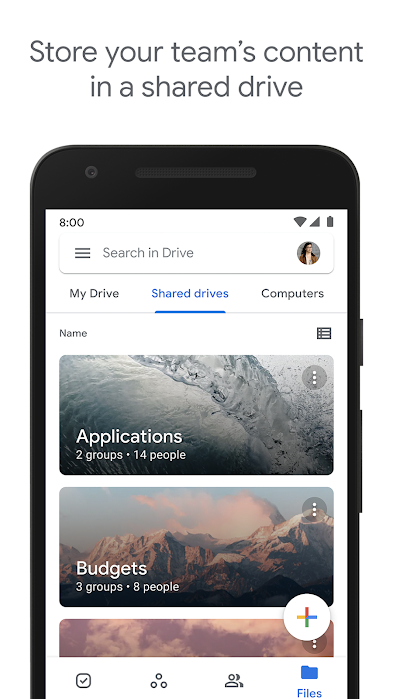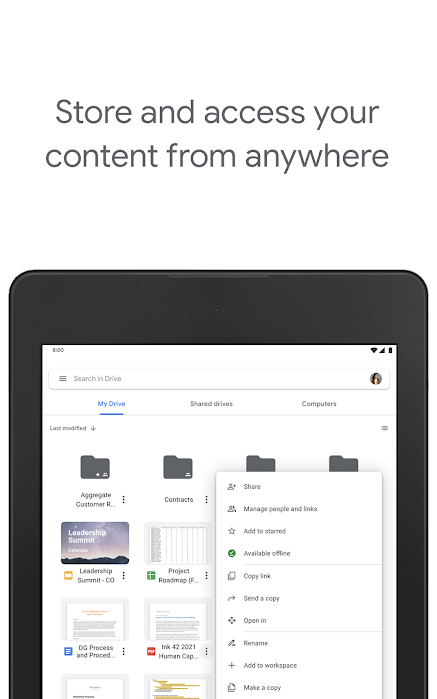Transferring files from your system phone Android to your PC or Mac you may need it for several reasons. You may want to back up your photos to free up storage space, move music, documents, etc. Due to the open nature of the system Android there are many ways to do this. You can use a USB cable, Bluetooth, a third-party app, or cloud storage. If you then want to send large files not only between PC, Mac and Androidem, but also among people as such, try the service SendBig.com.
With so many options, it's not always clear which one to choose, so we'll show you the easiest ways to transfer files from your phone to Android to the system computer Windows or Mac.
You could be interested in
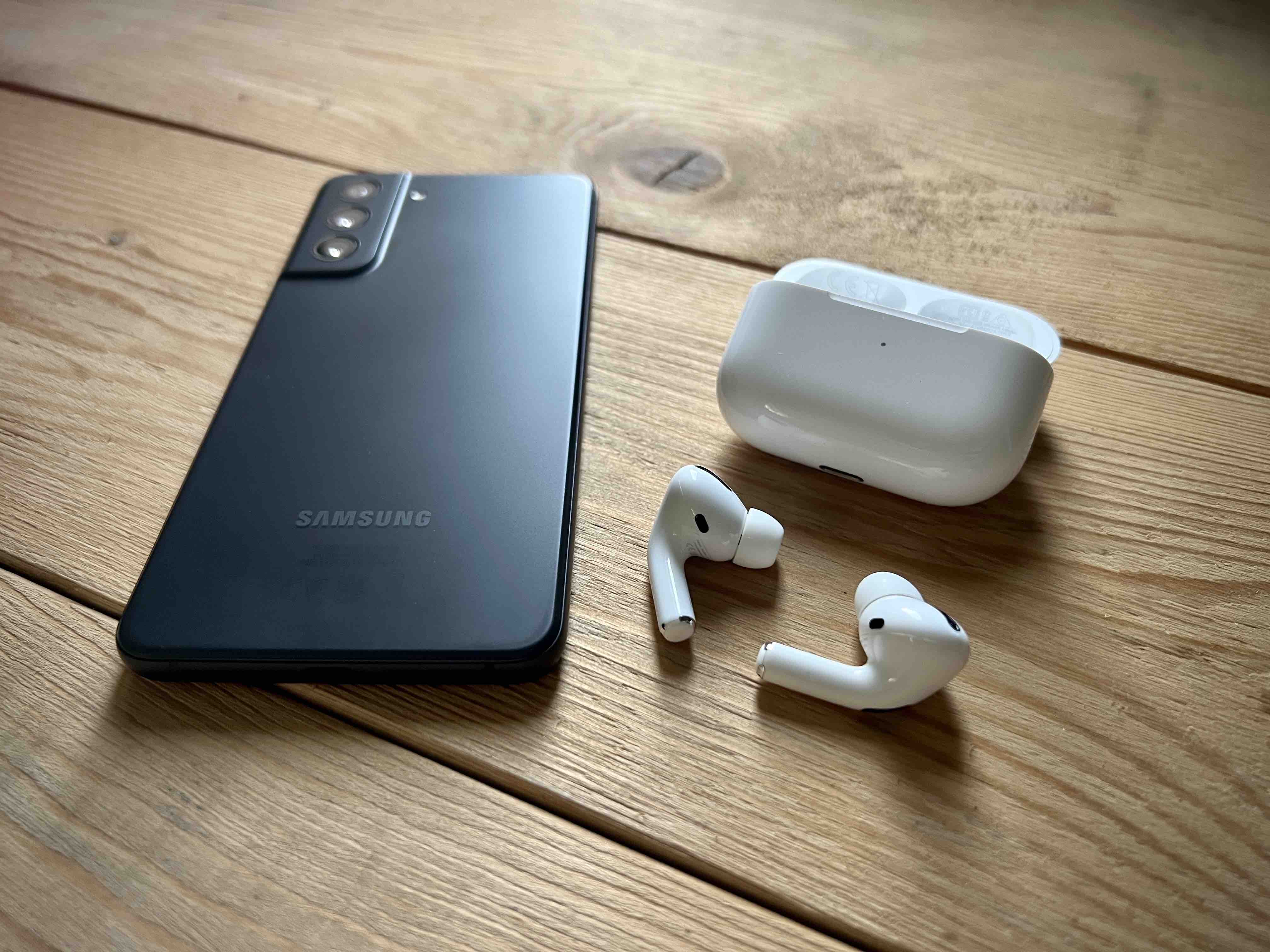
USB cable
The easiest way to connect and transfer files to your computer is probably to use the USB cable that came with your smartphone. If your phone comes with a newer USB-C to USB-C cable and your desktop or laptop doesn't have that port, you'll obviously need one with USB-A or a suitable adapter. The transfer speed will depend on the type of cable and storage you have on both devices. For example, the transfer speed will be lower if your phone uses eMMC storage, but higher if it is equipped with UFS. Likewise, it will take longer to transfer files to a SATA drive on your computer than to an SSD drive.
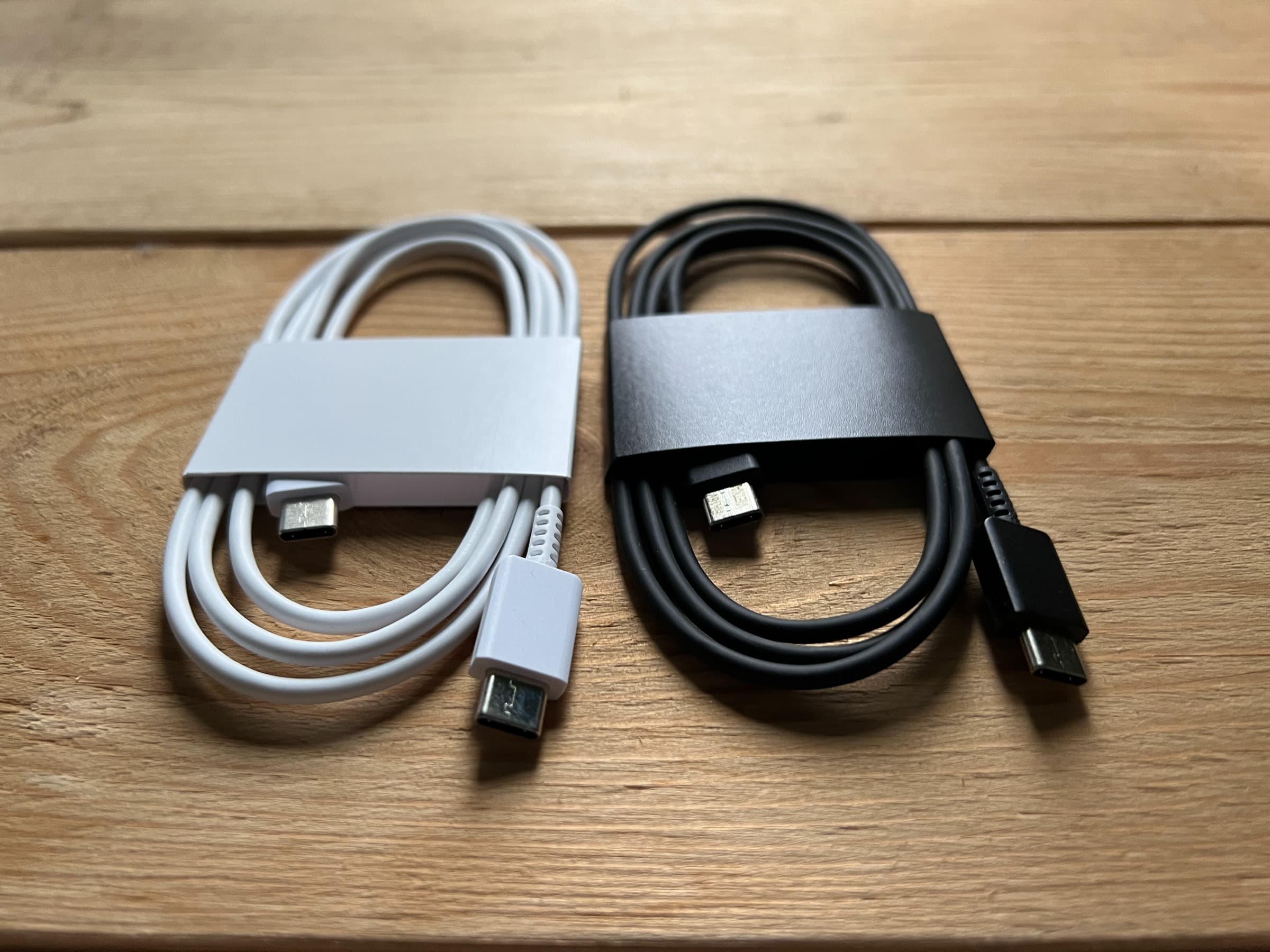
The procedure is then simple. Just connect the two devices with a cable and select Transfer files / Android Car. After that, a window will open on your computer with your phone's storage. So you can browse the content and copy it. If connecting to a Mac, you'll need the app Android File Transfer.
Bluetooth
If you don't have a cable handy, you can also use Bluetooth to transfer files. But beware, transfer speeds here are very slow, so use this method rather only when transferring smaller volumes of data. However, a single attachment or a photo from your gallery should be fine, but for a long video or a large album full of photos, we wouldn't recommend this procedure, considering the device's battery.
So turn on Bluetooth on both devices. On your PC or Mac, search for available devices in the Bluetooth menu and select your phone. The system will then ask you to check with a code that you write down, which will identify and pair the device. When using with a Mac, you still need to go to System Preferences and Sharing, and check the Bluetooth Sharing box. Then just search for the content on your phone, give the share menu and select Bluetooth. On the computer, then put Accept file.
Link to Windows
If you want to transfer several photos from your phone to a computer running Windows, is a Link to application Windows from Microsoft (formerly known as Your Phone companion) is a pretty cool tool. While Your Phone companion was limited to Samsung phones Galaxy, the renamed application is compatible with all operating system phones Android 7.0 or later.
So install the app from Google Play a Microsoft Store (although it is likely that in Windows is already installed). Open the apps, scan the QR code and enable permissions. After pairing the phone, you can move data as you wish.
Pushbullet
Practically the same as Link to Windows Pushbullet also works, but you can also use it on a Mac, and it also offers more options even for more demanding users. You install the application on your computer <a href="https://cdn.shopify.com/s/files/1/1932/8043/files/200721_ODSTOUPENI_BEZ_UDANI_DUVODU__EN.pdf?v=1595428404" data-gt-href-en="https://en.notsofunnyany.com/">here</a>, to the device with Androidem z Google Play. You can also try the application snapdrop, which works much like Apple airdrop.
Cloud services
It doesn't matter if it's Google Drive, Microsoft OneDrive, Dropbox, or anything else. After installing the application on your phone and logging in, you can send your data to this virtual space, while on the computer, again after logging into the service either in the application or on the website, you will find everything. The advantage is clear, you can do so from anywhere you have an internet connection. But once you don't have it, you won't be able to access your documents that you haven't downloaded offline.
